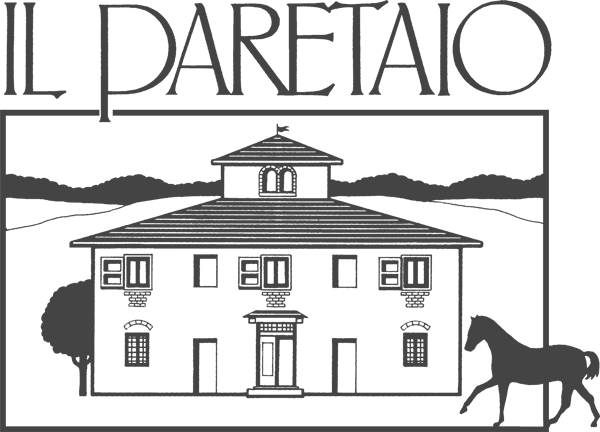Engaged describes the connection between the horse's hindlegs and the rein - ie, the forward movement coming from an active hindleg into a consistent, elastic rein contact.
Impulsion is the term used to describe the propulsive energy generated from the hindquarters.
Round. This describes the shape of the horse's topline - the neck and back - which is raised and round to form a convex arc. The hindquarters are engaged.
Shoulder-fore is an exercise often used to straighten the horse in canter. The horse's shoulders are slightly positioned onto an inside track and he is slightly bent away from the direction of travel. The angle of the horse's body should be the same as that on a 20m. circle. The footfalls form three distinct tracks (outside hind on the outside track, inside hind and outside fore on the middle , inside fore on a third inside track).
Shoulder-in. As shoulder fore, but the forehand (shoulder) is brought in from the track to an angle of about 30°. The angle of the horse's body should be the same as that on a 10m. circle.
Through. This is when a horse accepts the aids willingly and without any tension. It describes the energy coming from the hindquarters, working "through" a supple and swinging back into an accepting and elastic contact with the bit.
Up together. Working through from behind, from an active, engaged hindleg into a steady contact.
Dressage terms: Engaged, Round, Shoulder-fore,Shoulder-in

News
Staff Il Paretaio
2016-02-21 


